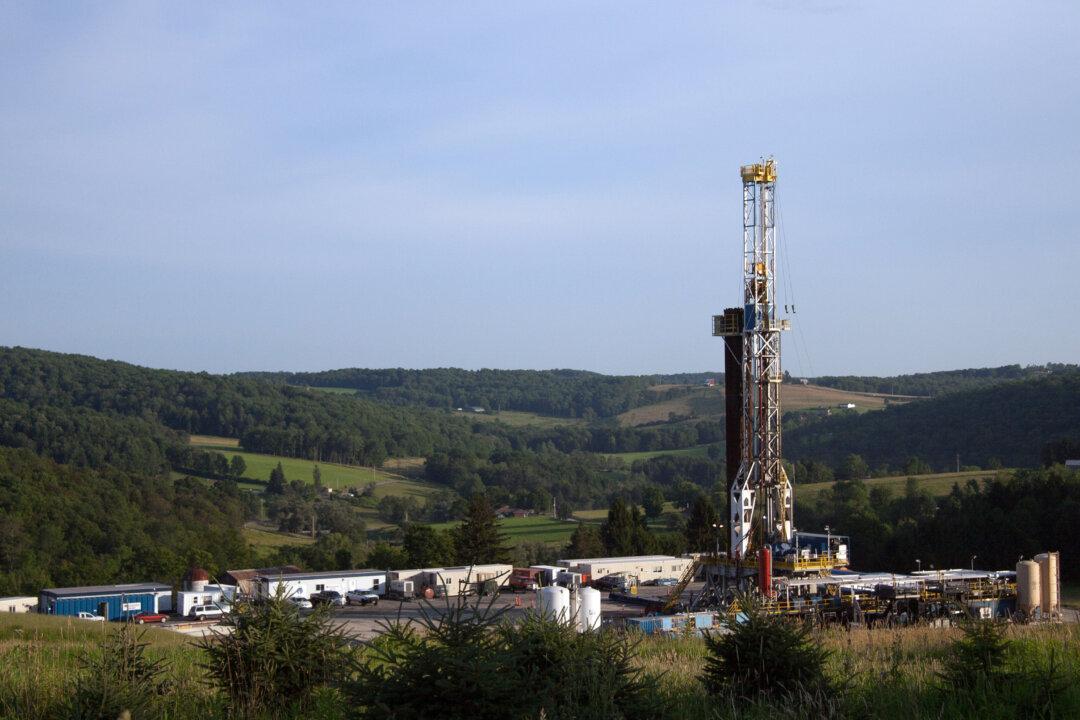Researchers studying public health in southwestern Pennsylvania have linked unconventional natural gas development to childhood lymphoma, slightly lower birth weights, and worsened asthma while the natural gas is being produced.
A team from the University of Pittsburgh School of Public Health and the Pennsylvania Department of Health presented the data at a public hearing on Aug. 15. The researchers faced various criticisms from an audience dominated by local environmental activists, parents, journalists, and others worried that the investigation may have understated the health risks of hydraulic fracturing, or fracking.





